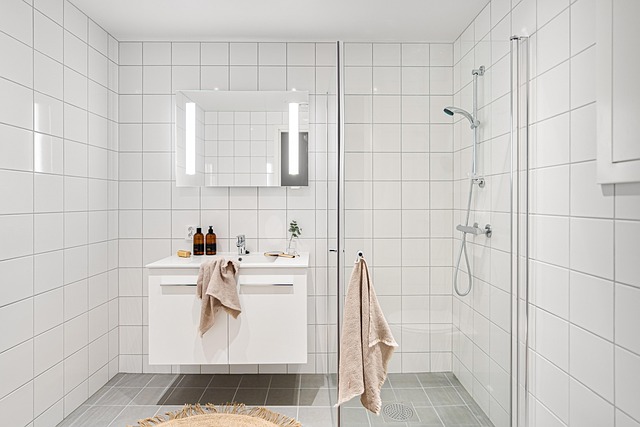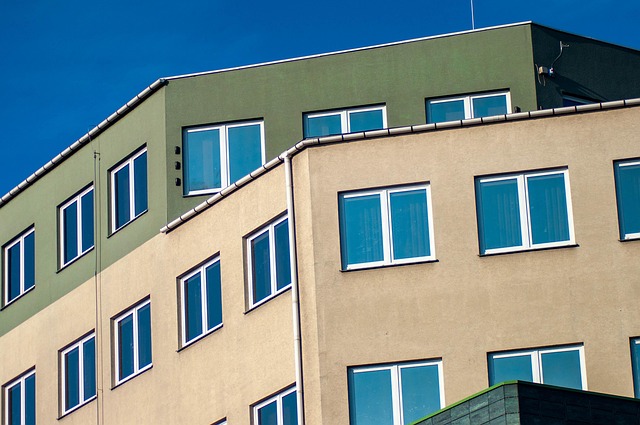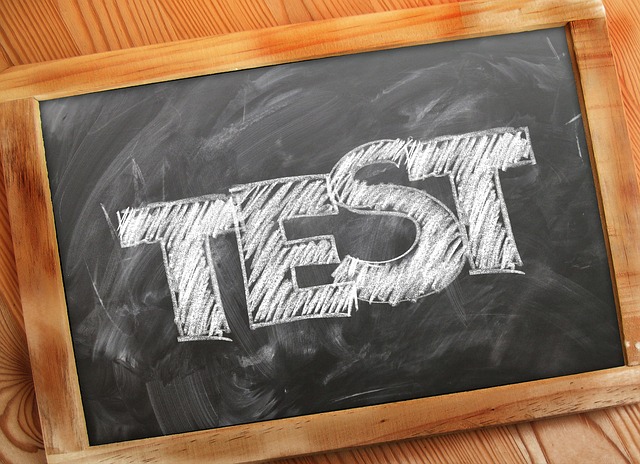Selling a house with mold requires transparency and proactive measures. Disclose known issues, evaluate infestation, address damage safely, understand repair process, fix moisture sources, and enhance ventilation to maximize property value and health safety for future residents when selling a house with mold.
When selling a house with mold, prompt action is key. Understanding mold damage and its potential health risks is crucial before listing your property. This comprehensive guide navigates through evaluating the extent of mold infestation, safe removal techniques, and the repair process. Learn how to prevent future growth and enhance your home’s appeal in the market by addressing this common yet fixable issue.
- Understanding Mold Damage in Homes
- Evaluating the Extent of Mold Infestation
- Safe Removal and Remediation Techniques
- Repairs and Restoration Process
- Preventing Future Mold Growth
Understanding Mold Damage in Homes

Mold damage can significantly impact a home’s value and appeal, especially when prospective buyers are considering purchasing a property. Understanding mold damage is crucial for both homeowners looking to sell and real estate agents advising their clients. It often goes beyond visible spots on walls or ceilings; hidden mold can lurk in crevices, under flooring, or within wall cavities, making it a potential health hazard.
When selling a house with mold, transparency is key. Homeowners should disclose any known mold issues to potential buyers, providing detailed information about the extent of the damage and any remediation efforts made. Early detection and proper remediation techniques are essential steps in mitigating the impact of mold on both the property’s value and the health of its occupants.
Evaluating the Extent of Mold Infestation

When selling a house with mold, evaluating the extent of the infestation is the first crucial step. Start by examining affected areas carefully, looking for signs of water damage or discolored spots on walls, ceilings, and bases. Check hidden spaces like bathrooms, kitchens, and basements, as these are common breeding grounds for mold. Keep an eye out for musty odors, which can indicate a significant presence of mold that may not be immediately visible.
Documenting the extent of the damage is essential. Take detailed photos of affected areas, noting where the mold is located and how extensive it is. This visual record will help you accurately communicate the situation to potential buyers and estimate the cost of necessary repairs. Remember, transparency is key when selling a house with mold; addressing the issue upfront can make the difference between a successful sale and one that falls through.
Safe Removal and Remediation Techniques

When addressing mold damage before putting your house on the market, prioritize safe removal and remediation techniques. Start by wearing protective gear, including gloves, goggles, and a respirator mask, to avoid inhaling harmful spores. Next, isolate the affected area with plastic sheeting to prevent cross-contamination. Wet vacuum or wipe down surfaces to eliminate loose mold, then use a commercial mold cleaner or a solution of water and bleach (one part bleach to nine parts water) to thoroughly clean the infected areas.
For more extensive damage, consider hiring a professional mold remediation service. These experts have the specialized equipment and expertise needed to safely remove moldy materials and restore your home to a healthy state. Remember, proper handling and disposal of contaminated items are crucial to prevent re-growth and ensure that selling a house with mold doesn’t become a buyer’s nightmare.
Repairs and Restoration Process

When addressing mold damage before placing your house on the market, understanding the repairs and restoration process is key. The first step involves identifying the source of moisture that led to the mold growth, as this needs to be addressed to prevent future issues. Once the source has been pinpointed, the affected areas must be thoroughly cleaned and decontaminated using specialized equipment and solutions to ensure no mold remnants remain.
After cleaning, repairs can begin. This may involve replacing damaged materials such as drywall, flooring, or insulation, depending on the extent of the mold damage. Once these replacements are made, it’s crucial to properly seal and ventilate the space to prevent future moisture buildup and promote healthy air quality within the home. Finally, restoration work ensures that the affected areas look like new again, maintaining or enhancing the property’s overall value as you prepare your house for potential buyers in the midst of selling a house with mold.
Preventing Future Mold Growth

After addressing existing mold, preventing future growth is paramount when selling a house with mold damage. Start by identifying and fixing any underlying moisture issues—leaks in roofs, walls, or pipes should be repaired immediately. Ensure proper ventilation in all areas of the home, especially bathrooms and kitchens, to reduce humidity levels. Consider using de-humidifiers in high-moisture spaces for added protection. Regular cleaning with mold-inhibiting cleaners can also deter future growth.
Additionally, increase air circulation throughout the house by opening windows (when weather permits) and utilizing fans. These measures not only help control moisture but also improve indoor air quality, making your home more appealing to potential buyers. Remember, transparency is key when selling a house with mold damage. Disclose any remediation efforts made and provide proof of work done; this can help build trust with prospective purchasers and increase the likelihood of a successful sale.














